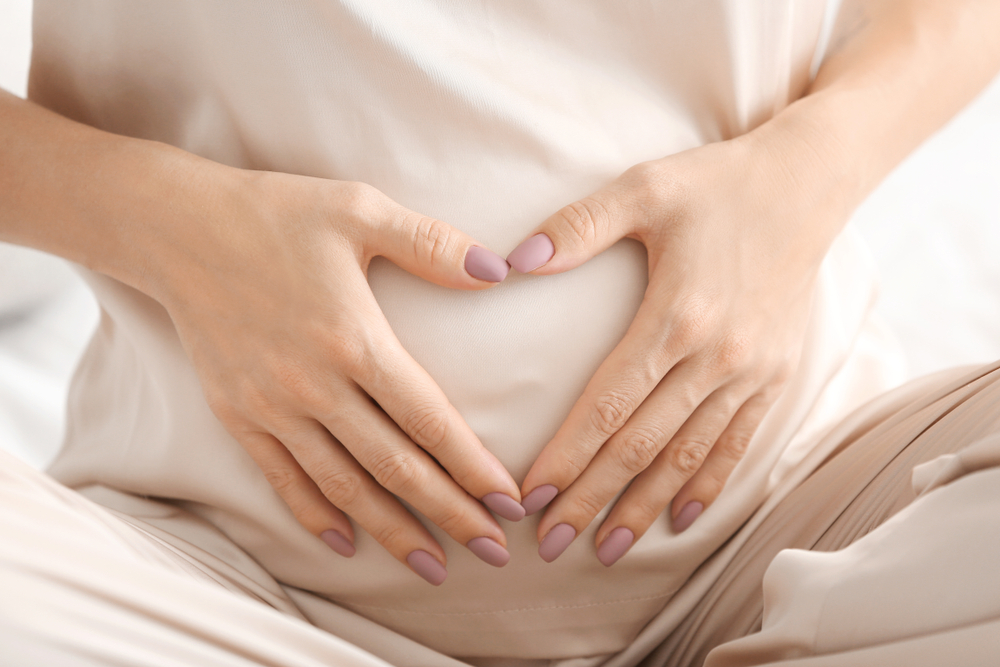Diagnosed with Ovarian Cysts? Here Are the Most Common Causes

Diagnosis #3: Pregnancy
I know pregnancy seems to bring countless major changes in your body. However, developing a cyst after fertilization is completely normal and actually beneficial for supporting your baby’s healthy growth!
According to Dr. Brightman, a corpus luteum cyst appears shortly after fertilization. As soon as implantation occurs, this cyst starts producing progesterone and estrogen, which support the embryo during the first trimester. After the placenta is formed, it starts producing progesterone on its own and that’s usually when the cyst goes away naturally.
Diagnosis #4: Congenital conditions
Dermoid cysts are far less common than the conditions mentioned above due to the fact that they are congenital. Simply said, it’s most likely that this cyst developed while you were still in the womb, so you can carry it for years without knowing.
Because it’s formed during the first months as a fetus, a dermoid cyst can contain tissues from teeth, skin and even bone. Most of the times, these cysts are diagnosed after the age of 30 because that’s when they start causing pain during the menstrual cycle.
The diagnosis is made by performing an ultrasound. If the cyst is small and doesn’t pose any threat to the patient’s health, specialists usually leave it there. However, if it is bigger in size or may signal complications, surgery is required to remove it.
Don’t worry, though. Aside from functional cysts, dermoid cysts represent 1 in 5 abnormal growths in the ovaries and surgeries have no risks at all.
Diagnosis #5: Polycystic ovary syndrome (PCOS)
This diagnosis is exactly what it sounds like: the formation of tiny follicular cysts that never get to develop properly and remain in an early stage. Most of the times, these cysts are located on the periphery of the ovary.
Unfortunately, PCOS is a common condition that affects 5-10% of women between the ages of 15 and 44. Another symptom caused by PCOS is irregular periods, which usually send ladies to the doctor and that’s how they get the diagnosis.
Women with this condition are more likely to develop high blood pressure, sleep apnea and diabetes; however, there are still more studies to perform to determine whether these conditions cause PCOS or vice versa.
Diagnosis #6: STDs and infections
Even mild STDs such as chlamydia can increase the risk for ovarian health issues. These infections can sometimes cause abscesses, little sacs filled with pus. Although they are not cysts per se, many patients could confuse them for cysts because they bring similar sensations of pain and discomfort.
In this case, there’s only one symptom that usually sends women to the doctor: fever. This sign appears naturally as the body is trying to fight off the infection. If you have even a slight suspicion of an STD or other pelvic infection, contact a specialist as soon as possible.
Have you ever had ovarian cysts? If so, what was the real cause behind this condition? Share your experiences in the comments and let’s stay informed to stay healthy!
